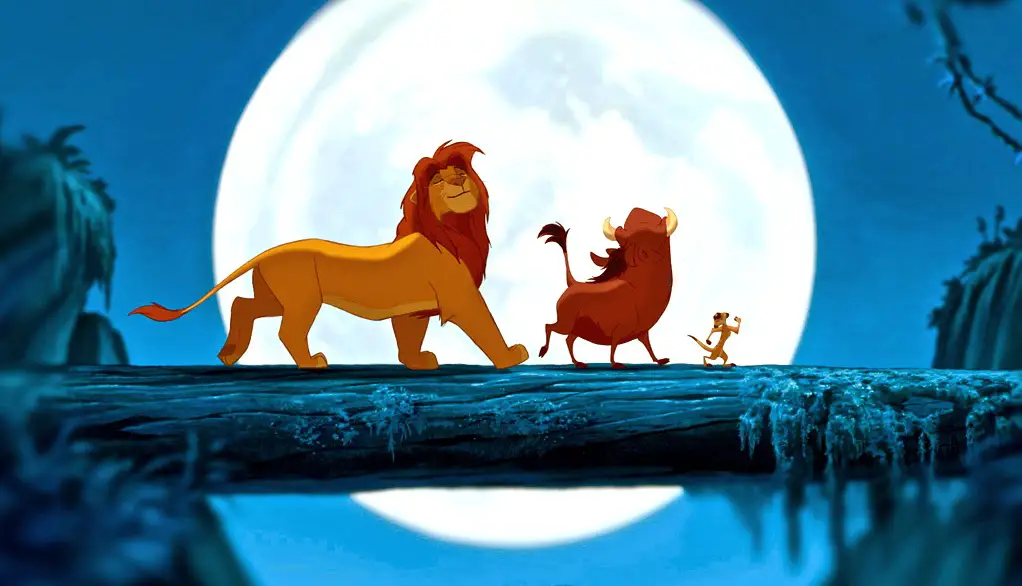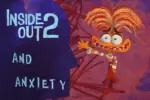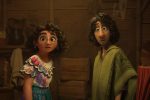College students grew up with some of the greatest kid movie classics of all time, and I’m sure that many other students would agree that there is nothing better than spending a relaxing night in with some good food, friends and Disney classics that allow you to reminisce on simpler times.
Adults in their late teens and early twenties grew up with classics such as “The Little Mermaid,” “The Lion King,” “Beauty and the Beast” and “Aladdin,” just to name a few. Whether college-aged kids know it or not, the movies that they grew up with had the ability to shape their worlds in ways they could not have imagined at such a young age; additionally, the same is true for younger children now, who are growing up with entirely different movies, and consequently, different experiences.
Kids today consider the classics to be more along the lines of “Tangled,” “Frozen” or “Inside Out.” Both the old and new children’s movies are incredible, and it is impossible to determine which movies are superior; however, it is easy to conclude that both eras of children’s movies make for different childhood experiences, given that the messages and morals contained in these types of movies has changed drastically over the years.
The first significant change in how children’s movies are made nowadays is through the representation of princesses. When college students think of princesses, their minds instinctively go to Cinderella, Snow White or Sleeping Beauty, all of whom were idolized by young girls several years ago. Each one of these princesses had perfect hair, amazing singing voices and beautiful dresses, that just so happened to be perfect for Halloween costumes.
As glamorous as these princesses were to young girls, they are unfortunately not the greatest role models given that they seriously lack levels of character complexity. Each one was totally dependent on her prince for a happy and fulfilled life, a message that is not something young girls should be admiring.
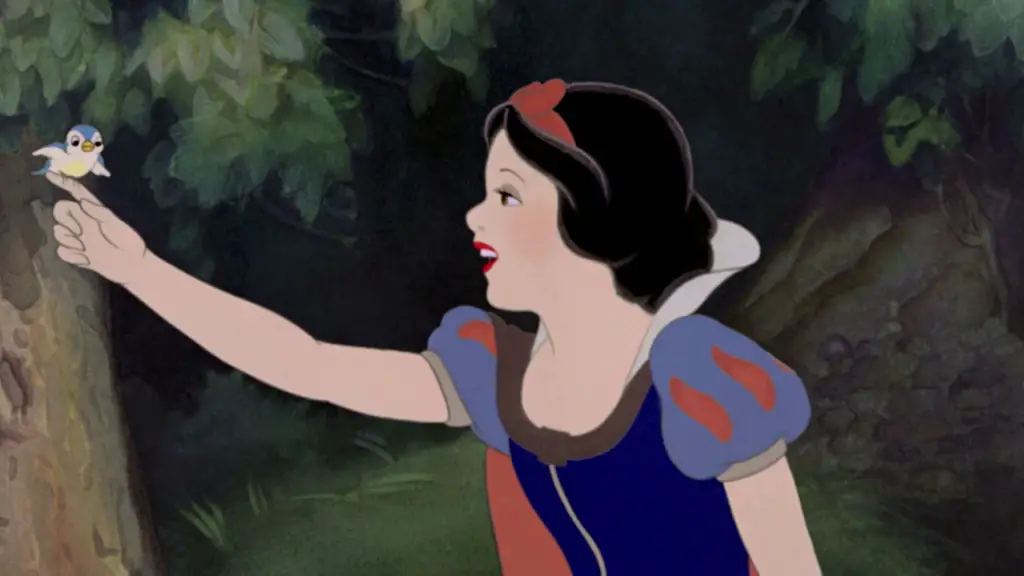
The older classic princesses did not teach girls to be independent in any way; they simply told girls that attracting a man would lead to a happy and successful life. The message that they sent has thankfully been rectified by today’s new classic princesses such as Merida, Rapunzel and Tiana, all of whom worked hard to achieve their goals, whatever they may be.
The trend of having princesses work hard and be fiercely independent, as well as intelligent, sends a much more positive message to young girls today who are looking up to the fictional characters. Girls are now taught to make their own paths in life and believe in their own power to succeed.
Along the same lines, the idea of gendered movies has severely decreased since college students spent their days and nights watching children’s movies. Back in the day, girls liked princess movies and boys liked superheroes—no exceptions, and there weren’t very many movies that were targeted at both genders, with the exception of “The Lion King” of course.
Today, the trend has changed for the better because there are now an abundance of movies that allow boys and girls to come together and bond over a common interest. “The Incredibles,” “Despicable Me” and other movies of the sort have allowed the lines drawn between boys and girls to be erased, creating a new era of unity among kids. With this message in mind, there is a chance that kids will be able to grow up without seeing a difference between genders, like college students did. These movies promote inclusion for all kids, regardless of their gender, which is a theme that reflects the attitude of the world as a whole today.
Old children’s movies that college students know and love seem very surface level when compared to newer classics. That is not to say that they aren’t great movies that should be adored and remembered fondly, they simply were made for the sole purpose of pleasing and entertaining children—and absolutely no one can deny that they did that job incredibly well.
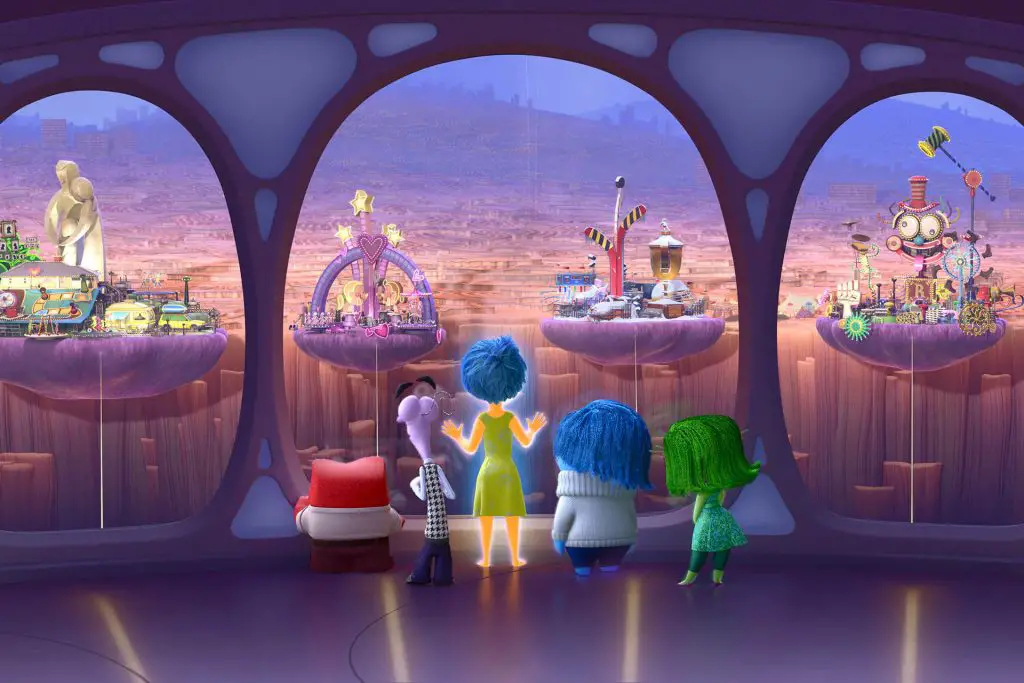
The biggest difference between those movies, and the movies of today is that today’s children get to enjoy movies that have complex and thought-provoking storylines, ones that begin to introduce them to the real world in a way that is still fun and entertaining.
For example, the instant classic, “Inside Out” is a cute, heartfelt film about a young girl named Riley who deals with the many emotions involved in moving across the country with her family. The playfulness of her animated emotions is great for kids to enjoy, but there are also much deeper messages being conveyed. Through the antics of the characters who play her emotions in her mind, Riley becomes increasingly sad, even depressed at times, teaching kids that it is okay to show their emotions and ask for help if they cannot overcome their sadness on their own.
Similarly, “Zootopia” is able to address some pretty heavy topics, such as racism and prejudice, with the help of some cute and furry animals. Both movies, and many other new children’s classics, are able to introduce substantial themes to kids in ways that have never been done before.
When college students were kids, the movies they watched were always based on fairytales or classic Shakespearean themes, while real life topics were always left out. It seems as though filmmakers today are seizing the opportunity to teach children something valuable about the world they live in, while entertaining and delighting them all the while.
No matter what era they are from, pretty much all children’s movies are classics and are beloved by people of all ages. It is nice to have the option to reminisce with the old hits, and to spend a few hours in a fairyland where dreams come true, but it is even better that children today have the opportunity to move beyond that fairyland, and be introduced to something far less dreamy—the real world.


